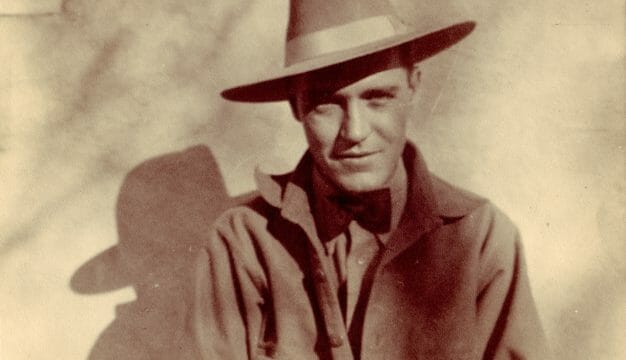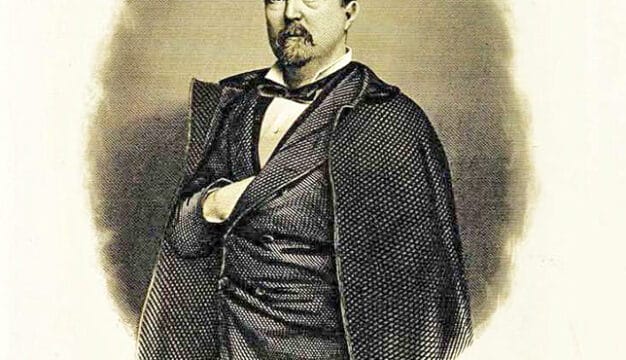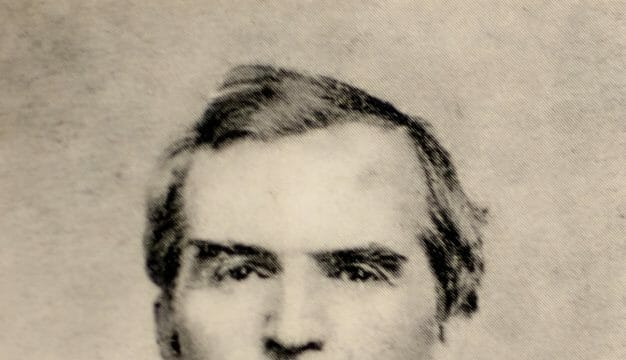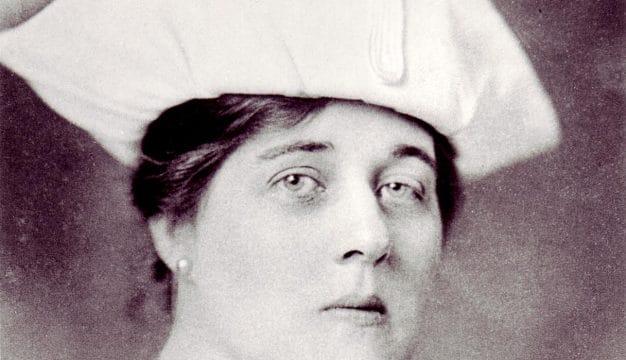Selma Interpretive Center
The Selma Interpretive Center in Selma, Dallas County, commemorates the historical events associated with the 1965 voting rights march from Selma to Montgomery, Montgomery County. The center is operated by the National Park Service (NPS) as the welcome center for the Selma to Montgomery National Historic Trail.
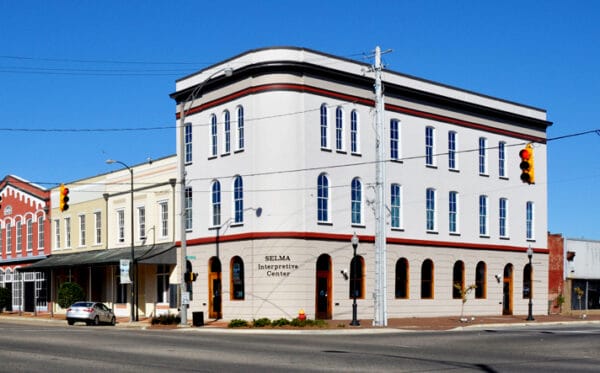 Selma Interpretive Center
The Selma Interpretive Center tells the narrative surrounding Bloody Sunday and the passage of the Voting Rights Act of 1965. The center is located at the foot of the Edmund Pettus Bridge at 2 Broad Street in a three-story building constructed in the 1880s. The structure formerly housed a People’s Bank and Trust, a hardware store, law offices, and an insurance company. The first and second floors of the interpretive center contain interactive exhibits that feature news footage, photographs, artifacts, and interviews from demonstrators, law enforcement, and politicians involved in the Selma to Montgomery March. These exhibits include a station at which visitors can pick up a telephone handset and listen to oral histories given by civil rights activists that tell the story of events surrounding Bloody Sunday. The center also features artifacts from marchers and law enforcement officers present at the marches, including clothing worn by the marchers.
Selma Interpretive Center
The Selma Interpretive Center tells the narrative surrounding Bloody Sunday and the passage of the Voting Rights Act of 1965. The center is located at the foot of the Edmund Pettus Bridge at 2 Broad Street in a three-story building constructed in the 1880s. The structure formerly housed a People’s Bank and Trust, a hardware store, law offices, and an insurance company. The first and second floors of the interpretive center contain interactive exhibits that feature news footage, photographs, artifacts, and interviews from demonstrators, law enforcement, and politicians involved in the Selma to Montgomery March. These exhibits include a station at which visitors can pick up a telephone handset and listen to oral histories given by civil rights activists that tell the story of events surrounding Bloody Sunday. The center also features artifacts from marchers and law enforcement officers present at the marches, including clothing worn by the marchers.
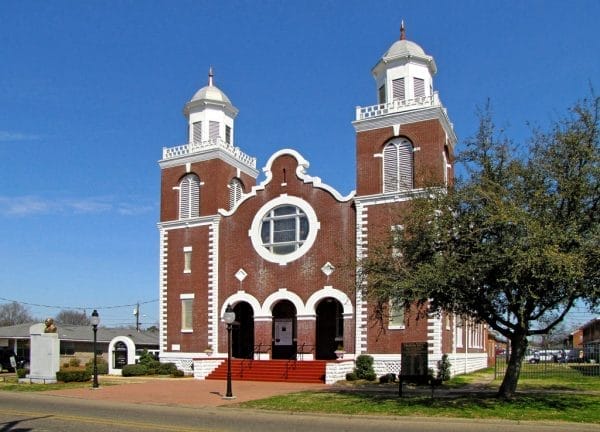 Brown Chapel A.M.E. Church in Selma
The Interpretive Center is near the starting point of the 54-mile Selma to Montgomery National Historic Trail that begins at Brown Chapel AME Church. There, civil rights activists gathered on the morning of Sunday March 7, 1965, to march to Montgomery. The trail was created by Congress in 1996 to preserve and interpret the events surrounding the passage of the Voting Rights Act of 1965 prompted by the events of Bloody Sunday. The trail passes the Selma Interpretive Center and heads east on U.S. 80 East, crosses the Edmund Pettus Bridge, and travels by the National Voting Rights Museum and Institute on the east side of the Alabama River. It later passes by the NPS Lowndes Interpretive Center at the site of “Tent City,” campsites used by marchers, and the Viola Liuzzo Memorial, which honors the Michigan woman who was murdered by Ku Klux Klan members for participating in the march. After passing by another campsite that was at the City of St. Jude hospital, the trail ends in Montgomery at the Alabama State Capitol, just past the Dexter Avenue King Memorial Baptist Church. The trail will include an NPS interpretive center on the campus of Alabama State University in Montgomery.
Brown Chapel A.M.E. Church in Selma
The Interpretive Center is near the starting point of the 54-mile Selma to Montgomery National Historic Trail that begins at Brown Chapel AME Church. There, civil rights activists gathered on the morning of Sunday March 7, 1965, to march to Montgomery. The trail was created by Congress in 1996 to preserve and interpret the events surrounding the passage of the Voting Rights Act of 1965 prompted by the events of Bloody Sunday. The trail passes the Selma Interpretive Center and heads east on U.S. 80 East, crosses the Edmund Pettus Bridge, and travels by the National Voting Rights Museum and Institute on the east side of the Alabama River. It later passes by the NPS Lowndes Interpretive Center at the site of “Tent City,” campsites used by marchers, and the Viola Liuzzo Memorial, which honors the Michigan woman who was murdered by Ku Klux Klan members for participating in the march. After passing by another campsite that was at the City of St. Jude hospital, the trail ends in Montgomery at the Alabama State Capitol, just past the Dexter Avenue King Memorial Baptist Church. The trail will include an NPS interpretive center on the campus of Alabama State University in Montgomery.
The Selma Interpretive Center is located at 2 Broad Street and is open Monday through Saturday from 9:00 a.m. to 4:30 p.m. except during Thanksgiving, Christmas Day, and New Year’s Day. Admission is free. The center participates in the annual Bridge Crossing Jubilee, which takes place around the anniversary of Bloody Sunday and commemorates the events of that day. Nearby is the Brown Chapel AME Church that served as a gathering place for marchers on the morning of Bloody Sunday, March 7, 1865.
